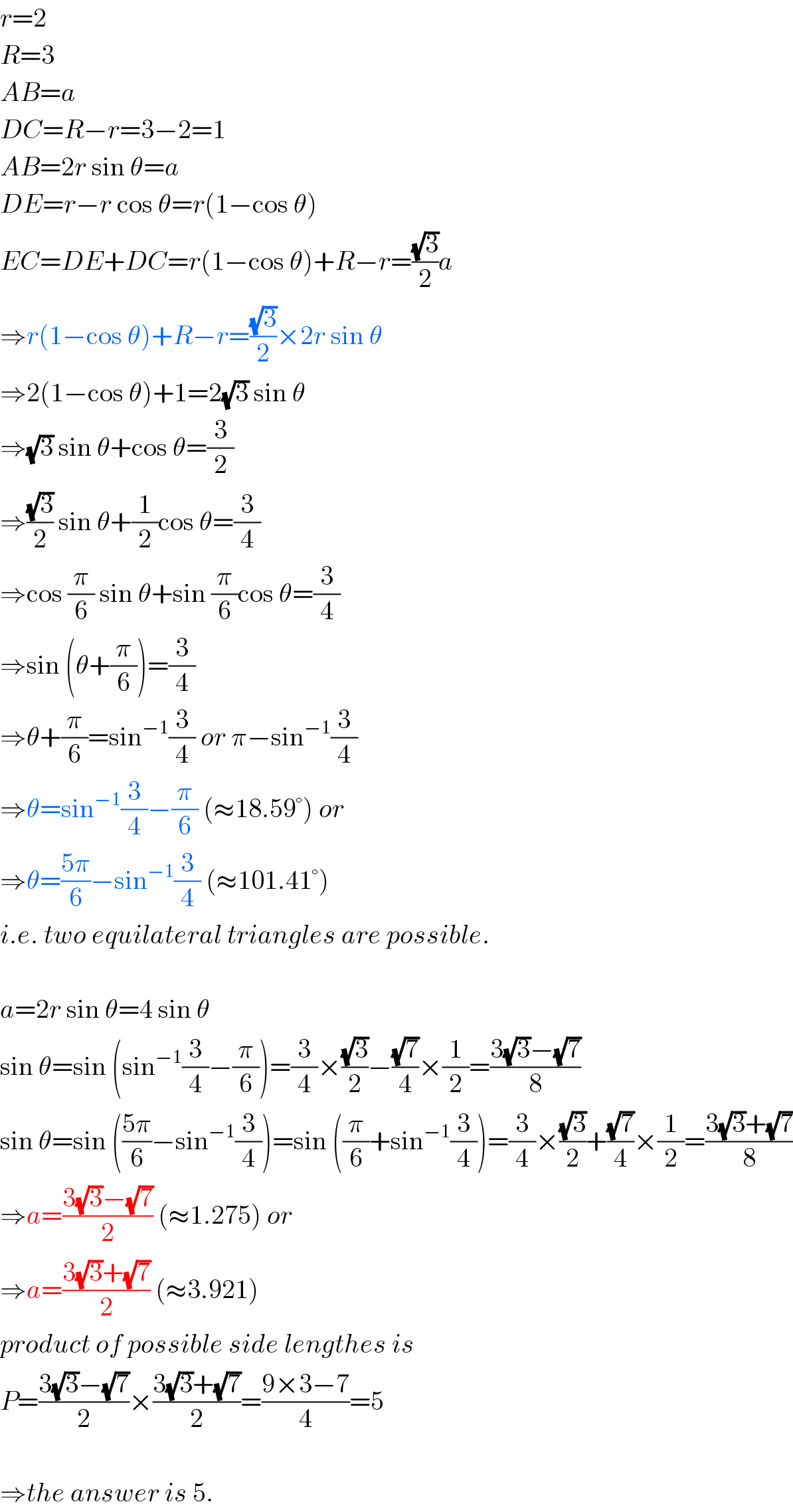
Question and Answers Forum
Question Number 52223 by Tawa1 last updated on 04/Jan/19

Commented by tanmay.chaudhury50@gmail.com last updated on 05/Jan/19

Commented by Tawa1 last updated on 05/Jan/19

Answered by mr W last updated on 05/Jan/19

Commented by Tawa1 last updated on 05/Jan/19

Commented by mr W last updated on 05/Jan/19

Commented by mr W last updated on 05/Jan/19

